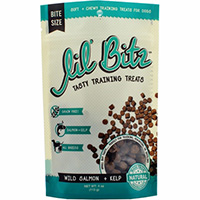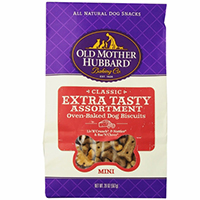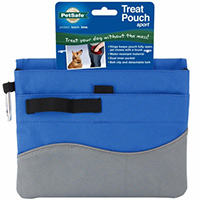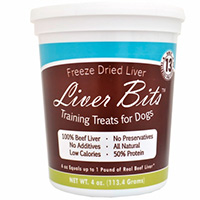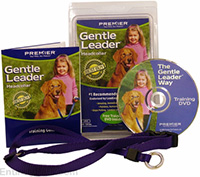Whether you’re just starting to train your dog, or you’re looking for more expert advice to speed up the process, there’s a few crucial mistakes, that, if avoided, can drastically speed up the training process.
Without further delay, here’s 5 very common training mistakes that you absolutely want to avoid at ALL costs:
1. Repeating a Command More Than Once
This is the most common mistake among dog owners. I can guarantee you that every dog owner has been at fault of this without even realizing it!
Let’s say you are trying to get your dog to sit—you tell him/her “sit” and he/she doesn’t sit. So what do you do? Most dog owners will continue to say “sit” until the dog sits. Without even knowing it, you might have told your dog “sit” three times before he actually sat. You should only EVER command your dog ONE TIME. This is a VITAL point to understand. One of the largest hurdles you must overcome in training your dog is making him/her understand that YOU are the pack leader, NOT him/her, and he/she NEEDS to listen to you.

Therefore, you want your puppy to learn to listen to you after you say something only once. If you say “sit” three times before your puppy finally sits, he/she will think that he/she doesn’t have to do what you ask until you tell him/her three times. Again, you want your dog to sit (or listen to any command you say) after commanding him/her only ONCE.
Think about a well-trained dog: Does he/she come after his owner commands him/her to come five times? Or does he/she come after being called just once? You want your dog to listen to you immediately, so make sure that in training and practicing commands, you enforce this rule of only saying the command one time. If your dog does not listen to your command after the first time, or gets distracted, try using his/her name or the “kissy sound’ to re-focus his/her attention back to you while using the hand gesture for that specific command.
2. Not Being Consistent
Consistency is KEY in EVERY single area of training your dog Whether it be command training, potty training, working through behavioral issues, etc. being consistent is the most important thing to remember. Let me give some examples of why consistency is mandatory in each of these areas…
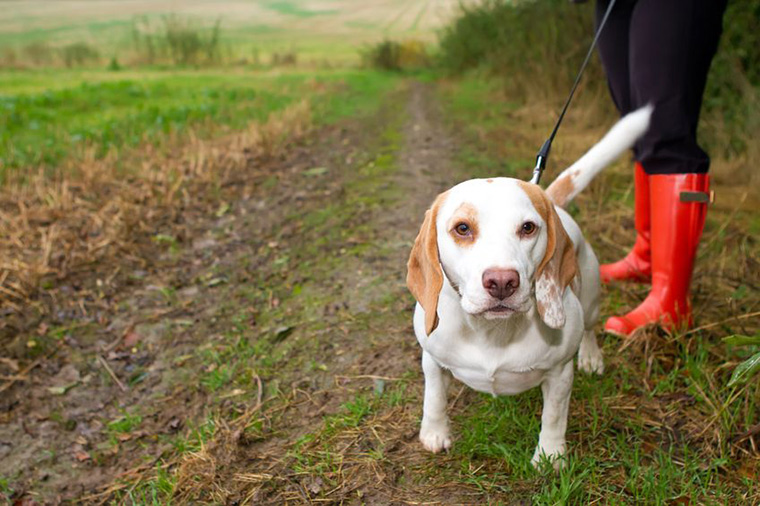
Command training:
With command training, you must consistently work on teaching your dog the new command—even if it just for ten minutes a day. You can’t expect your dog to master something unless you are consistent with working on the skill with your dog. NOTE: Remember that dogs learn new skills at different speeds, but as long as you are consistent your dog WILL learn!
Potty Training:
If you want to potty train your pup as quick as possible, you must be consistent with taking your dog outside when potty training him/her.
Potty training can be frustrating, but as long as you are consistently taking your dog outside enough for his/her needs, he/she WILL learn that outside is the appropriate place to go potty.

Behavioral Issues:
When working through behavioral issues, it is so important to be consistent with what is appropriate and what is not appropriate behavior.
For example, if you are trying to get your dog to stop jumping up on people, you must tell him/her “Off” and move your body away from your dog EVERY SINGLE TIME he/she jumps up on you.
Yes, it will get to be repetitive, and often times you may think it is easier to just let him/her jump up on you. However, that one time you let him/her jump up on you, all the progress you have made with correcting the issue will go right out the window, so it is extremely important to enforce the appropriate behavior consistently!
These are just a few examples of the importance of consistency in training—being consistent in everything that you do with your dog will help your dog to understand quicker, learn faster, and will make the training process much easier.
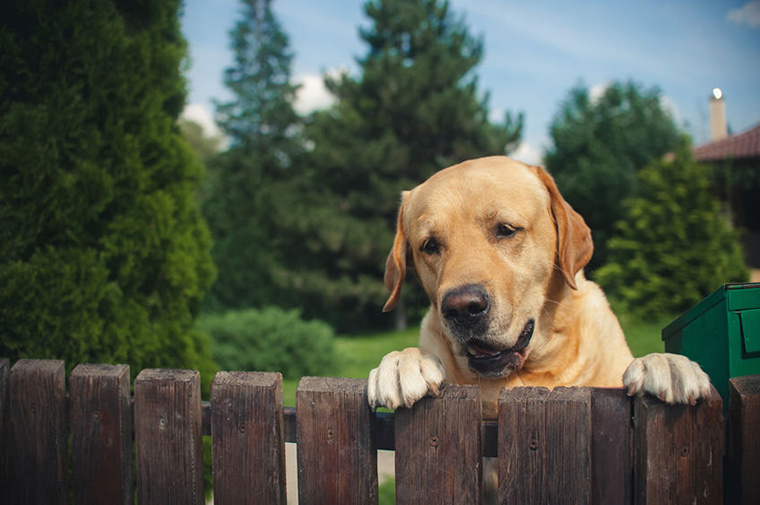
3. Scolding Your Dog By Using His/Her Name
When your puppy squats right in front of you to pee in the house, do you yell “ROVER NO!”?
It is only second nature for us as humans to say our dog’s name when he/she is misbehaving, but this is a BIG mistake. Your dog’s name should only ever be associated with positivity!
You want your dog to like his/her name because you will certainly be saying it a lot! You want your dog to look at you or come to you whenever you say his/her name—not to run away! For this to happen, your dog must always think that something positive is going to happen when he/she does look at you or come to you.
If your dog starts to associate his/her name with being in trouble, why would he/she want to come to you when you call out his/her name?
If you have been at fault of this, don’t worry! It is definitely not too late to fix it. Start saying your dog’s name in a positive tone all the time—at home, on walks, at the park— and reward your dog with a treat, or just simply pets and praise for looking at you or coming to you after saying his/her name.
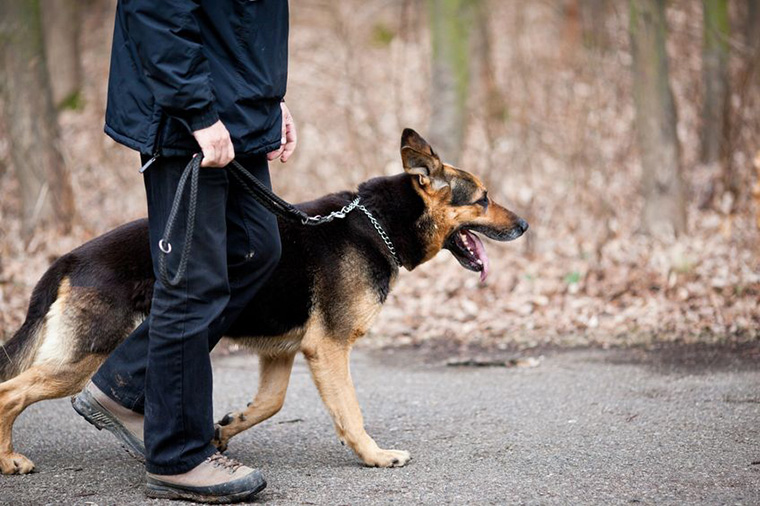
4. Only Telling Your Dog “No” After Misbehaving
If your puppy is chewing on your shoe, what do you do?
My guess is that you loudly tell him/her “No!” and take the shoe away. If this is you, don’t worry, you are not alone. When a dog is doing something that he/she is not supposed to do, most dog owners simply tell their dog “no” and expect the dog to stop.
Well in a dog’s mind, he/she is thinking: “Why not? Why should I stop?” This is why instead of only telling your dog “no,” you must also redirect him to the appropriate behavior.
If your dog is chewing on your shoe, you can tell him “no,” but then you need to redirect him/her to what he/she is able to chew on, such as a chew toy. Redirection is very, very important in dog training. With any behavior that you don’t want your dog exhibiting, you need to teach your dog what is appropriate to do instead, rather than just telling him “no.”
5. Making Training Anything Other Than What It Should Be.. Fun!
Training should never be anything other than a fun experience!
Creating a training environment that your dog enjoys is so incredibly important. If you find something to be confusing and hard, do you have fun doing it? Probably not, and neither will your dog!
The fun part is when you understand and catch onto something and then get rewarded. Dogs are very similar in their motivation by rewards, so the more you reward them for doing the right thing during training, the more they will enjoy training.
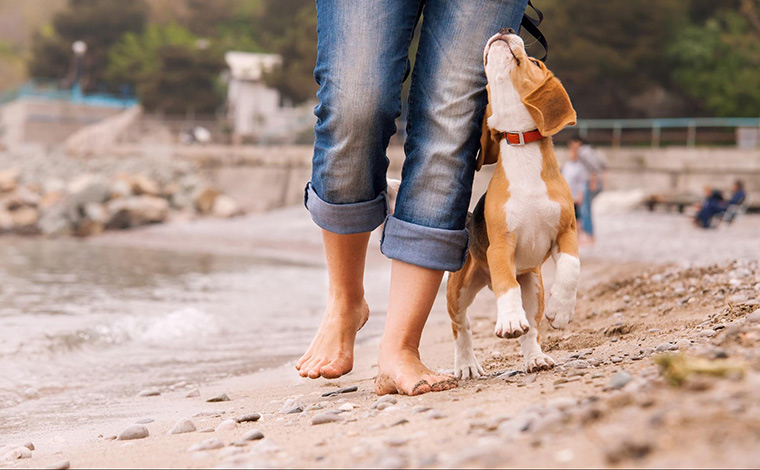
Rewarding a dog for doing the correct thing is called positive reinforcement. I am a huge advocate of using only this method, and making training fun for you and your dog! You, as the owner/trainer must also have fun with training too. It is easy to get frustrated when your dog isn’t catching onto something you are trying to teach him/her, but it is important to not exert that frustration onto your dog.
Dogs can always sense human feelings, and they feed off of those feelings—good or bad. If you are frustrated, your dog will know, and this will make training the opposite of fun for your dog. If your dog is getting too confused or you are getting frustrated, move onto the next part of the training session and continue to have fun with it!
So How Do I Apply All Of This Information?
After reading through this entire blog, you might seem a little overwhelmed with how much can actually go wrong when training your dog.. but that’s okay! Whether you’re planning to get a dog soon, or you’re currently frustrated with some of the mistakes that you’ve already made in training your dog, it’s never too early or late to start making the right choices.
I’ve spent the past several years of my life raising, training and caring for dogs all across the United States. However, when I started volunteering in rescues and working with dogs, I certainly wasn’t an “expert” by any means! In fact, I made a LOT of the beginner mistakes that I just described above!
However, out of my extensive experiences (good and bad), I’ve come to develop a wealth of knowledge for what it truly takes to effectively train a dog and develop that lifelong bond that every dog lover DREAMS of.
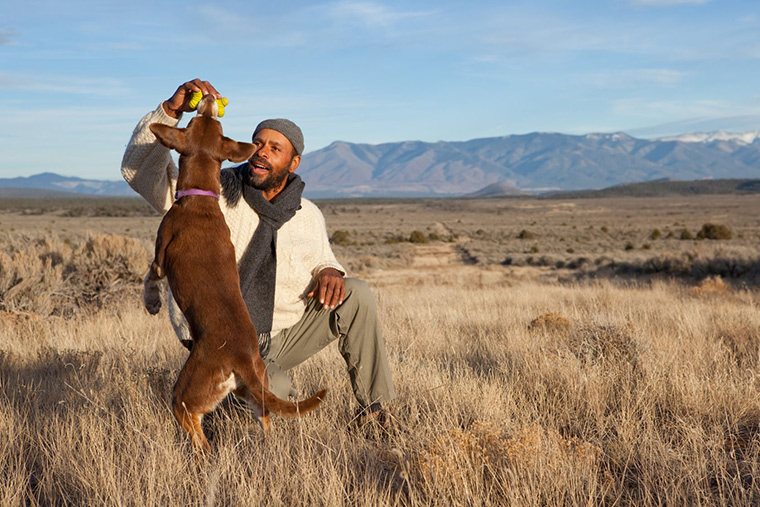
Labrador Retriever:
Now I want to share this wealth of knowledge with dog owners across the world, and show everyone how simple it actually is to effectively raise and train a dog – if you’re equipped with the correct knowledge and tools of course! For this reason, I’ve developed a puppy training program that will give you everything you could possibly need to know about raising and training a new dog. From step-by-step training tutorials and videos, to behavioral problem solutions, this comprehensive program has all of your most pressing dog questions answered!
Even if you don’t get my program, I still want to help you get the best coaching possible. Therefore, I want to give you a free puppy training video and a free puppy training guide, both of which will give you a sneak peek into our training program. When it comes down to it, it’s my ultimate goal to give you the best chance to shape your best friend into a happy, healthy and well-trained addition to your family.

